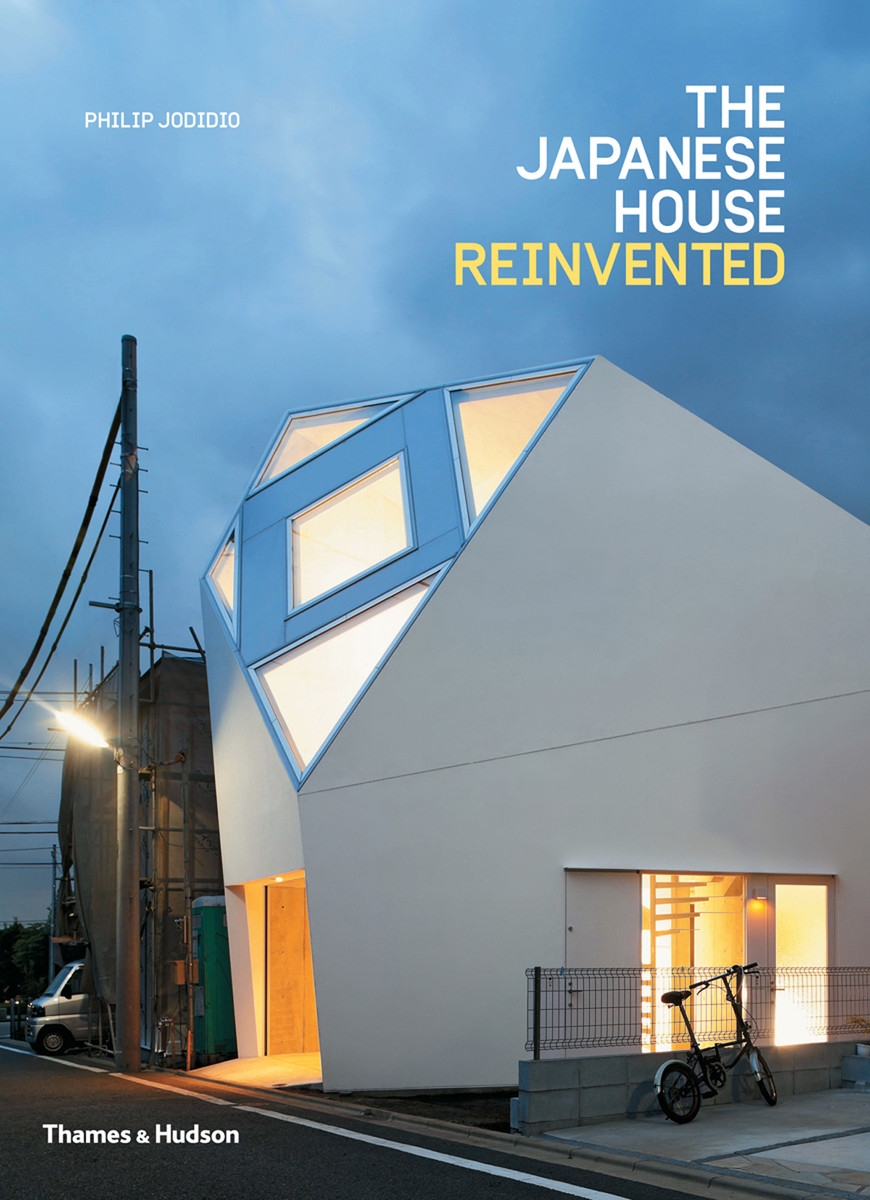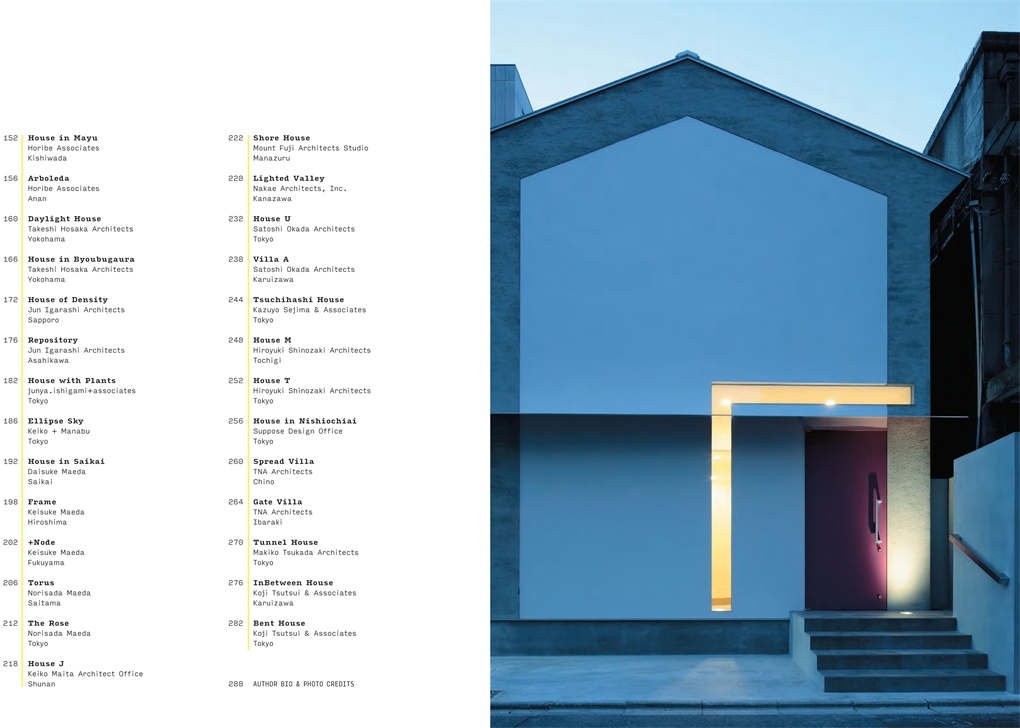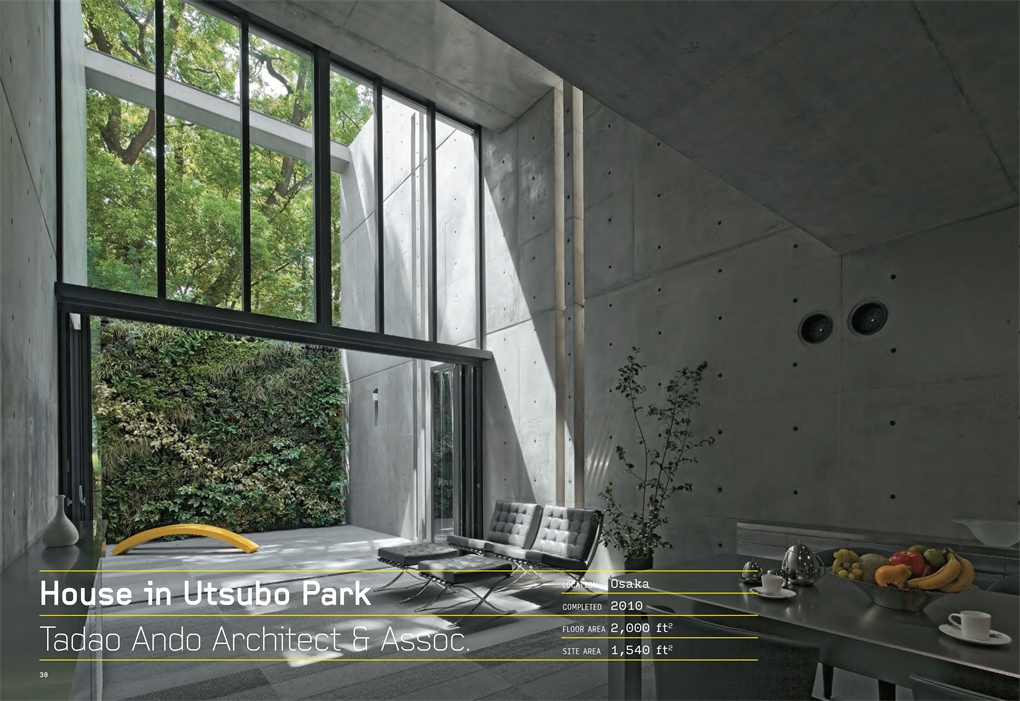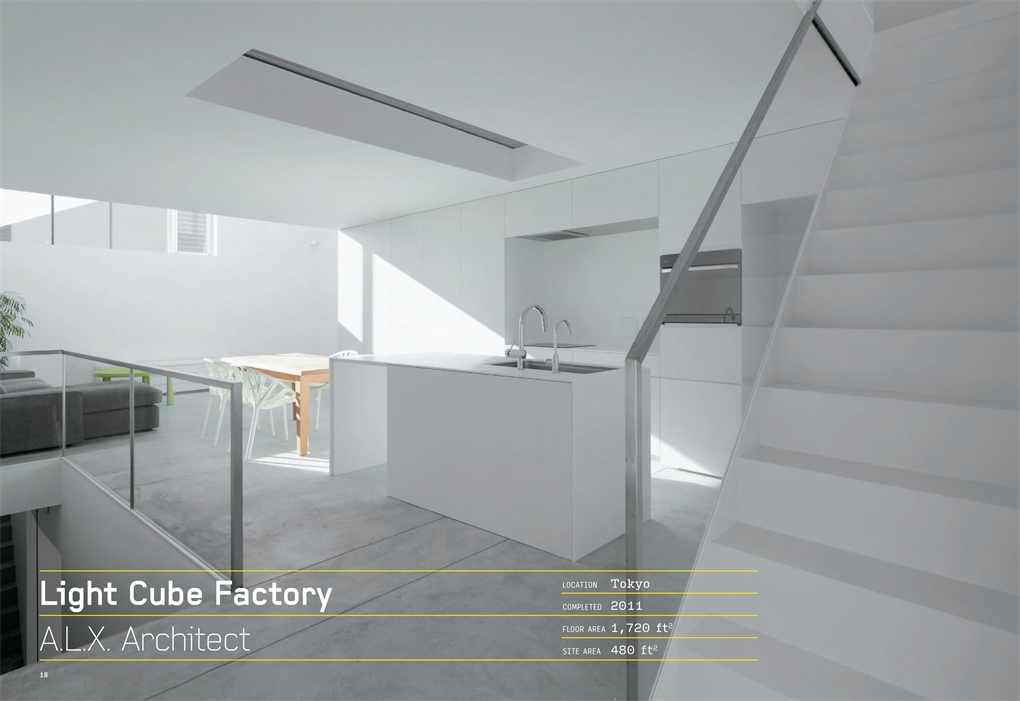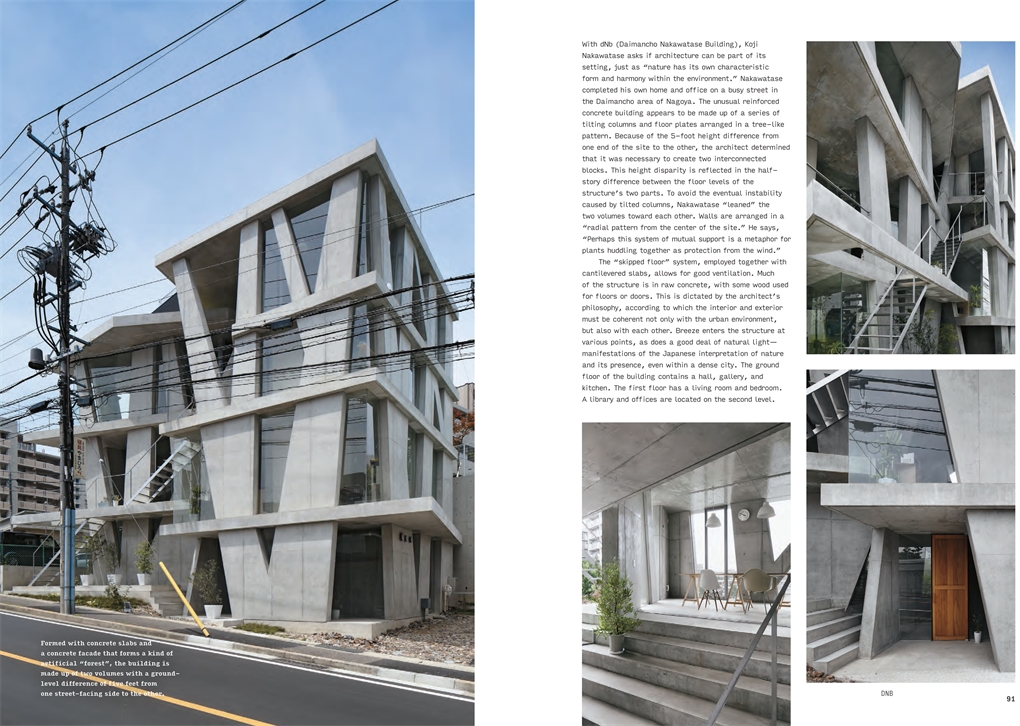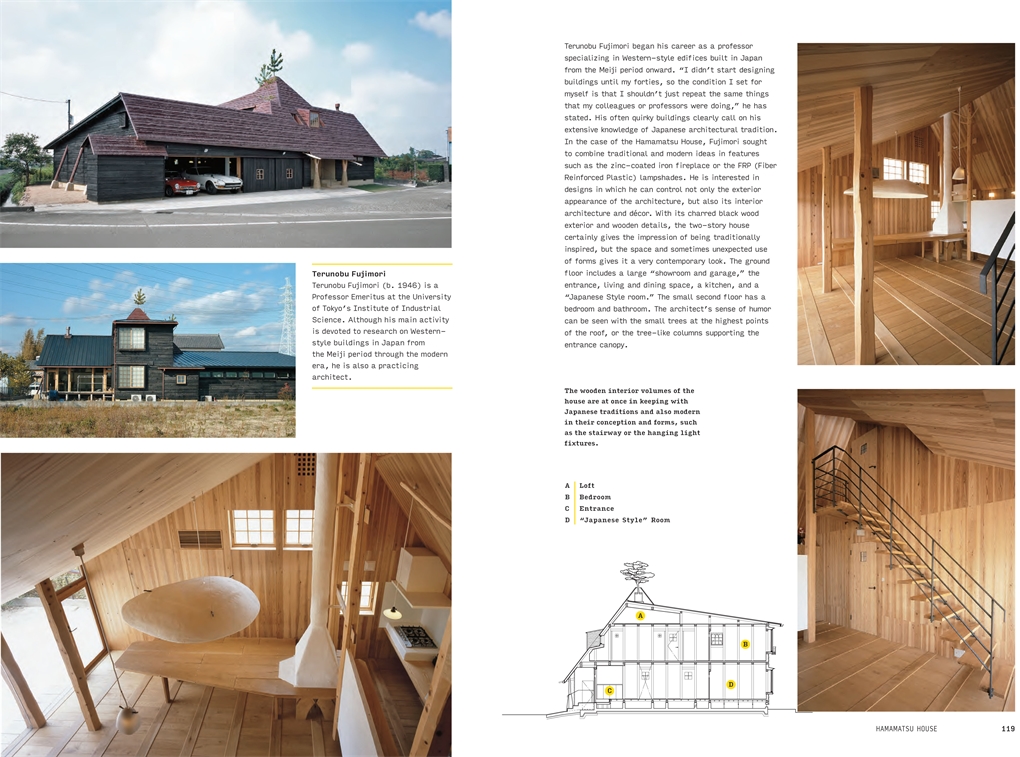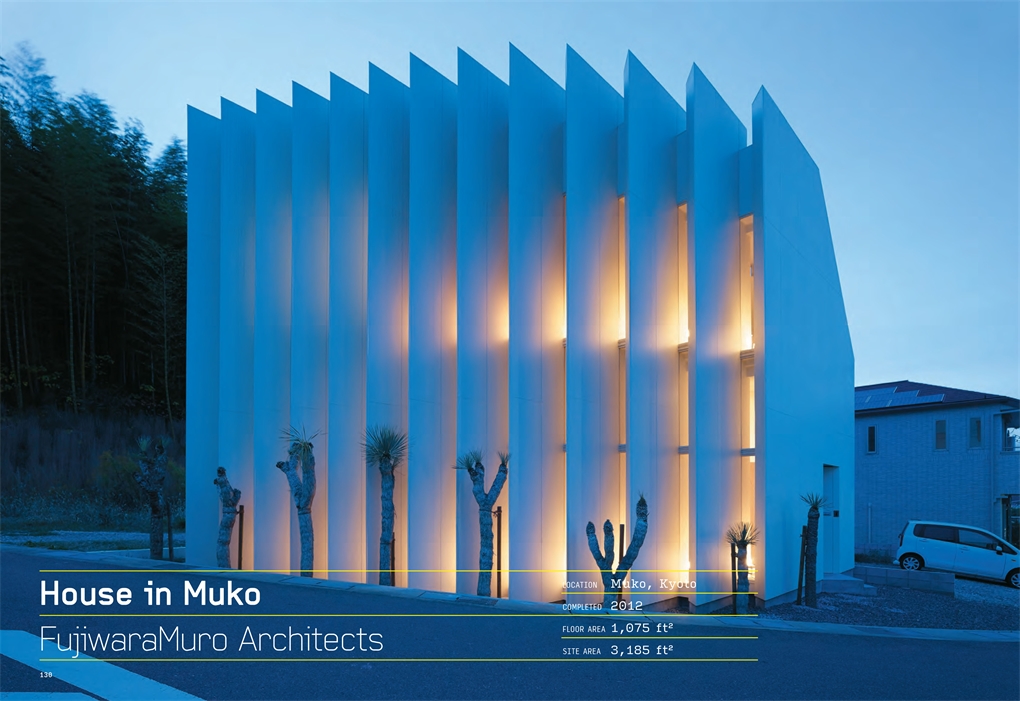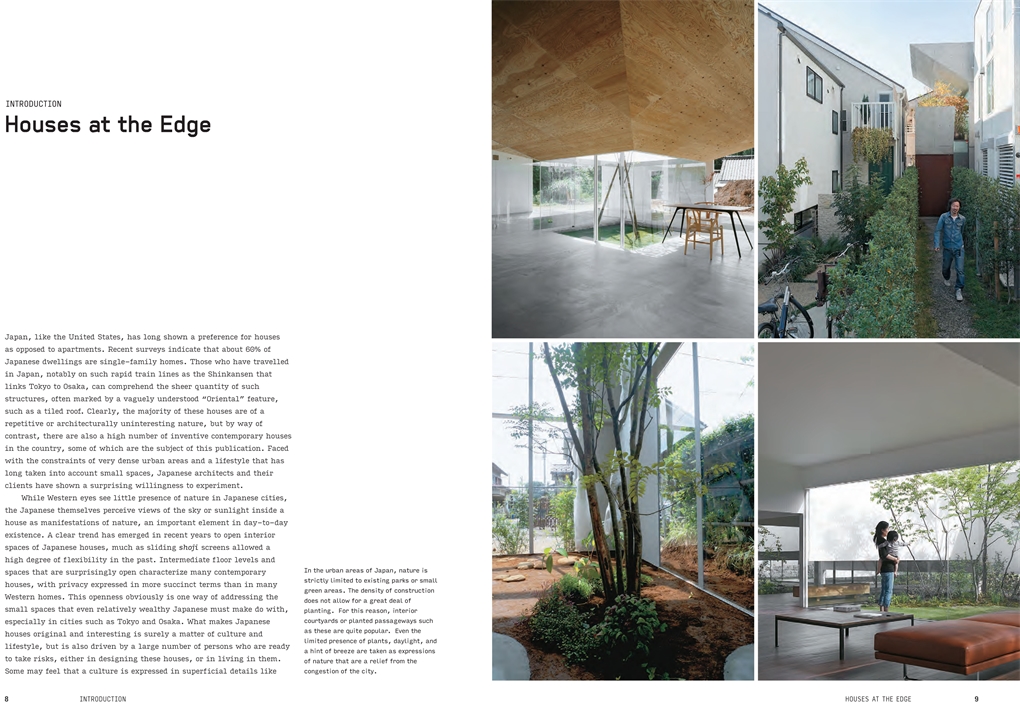Description
Japanese houses today have to contend with unique factors that condition their design, from tiny plots in crowded urban contexts to ever-present seismic threats. These challenges encourage their architects to explore alternating ideas of stability and ephemerality in various ways, resulting in spaces that are as fascinating as they are idiosyncratic. Their formal innovation and attention to materials, technology and measures to coax in light and air while maintaining domestic privacy make them cutting-edge residences that suggest new ways of being at home. Contemporary Japanese architecture has emerged as a substantial force on the international scene ever since Kenzo Tange won the Pritzker Prize in 1987. This overview of 50 recent houses powerfully demonstrates Japan’s enduring commitment to design innovation.
